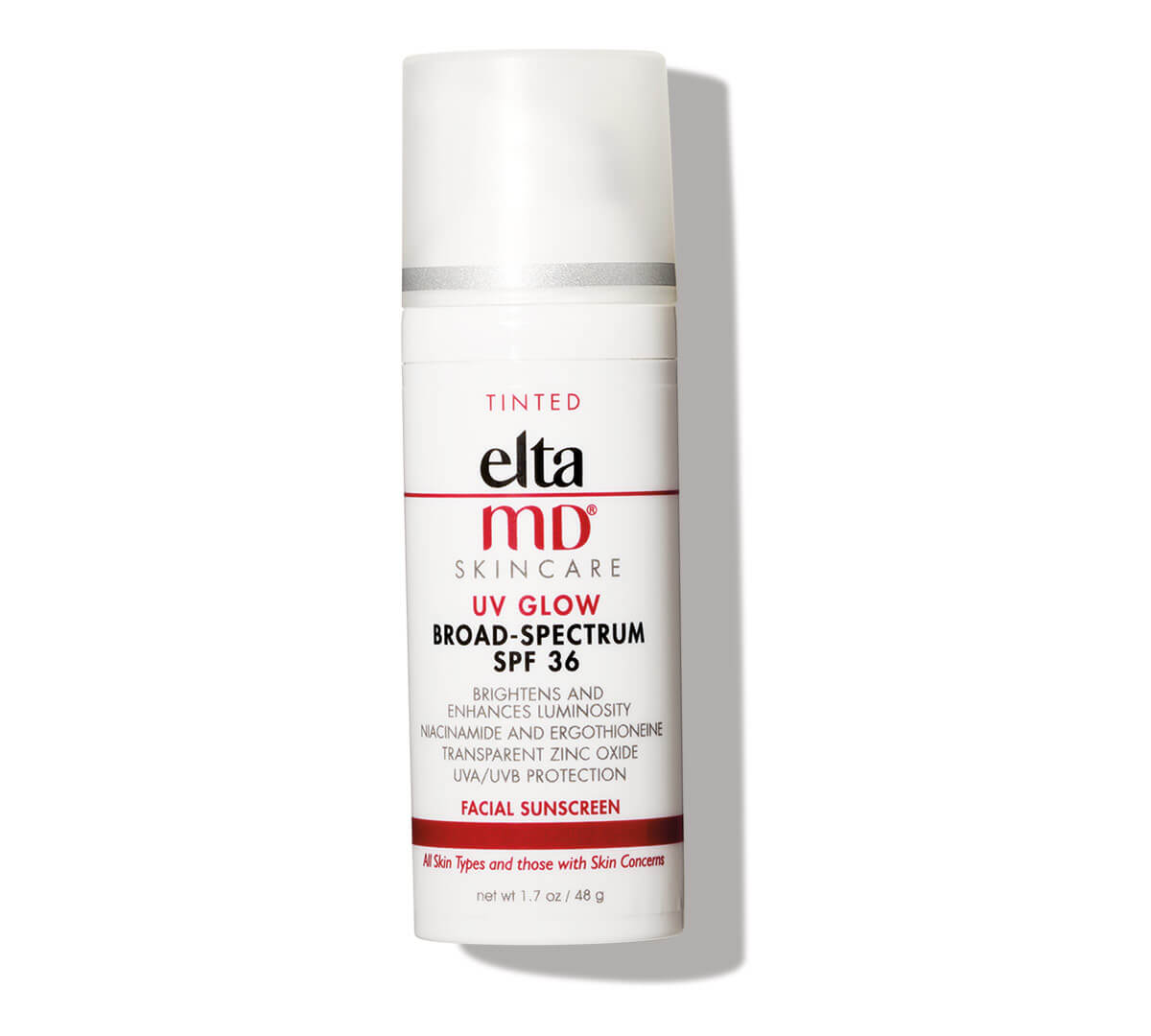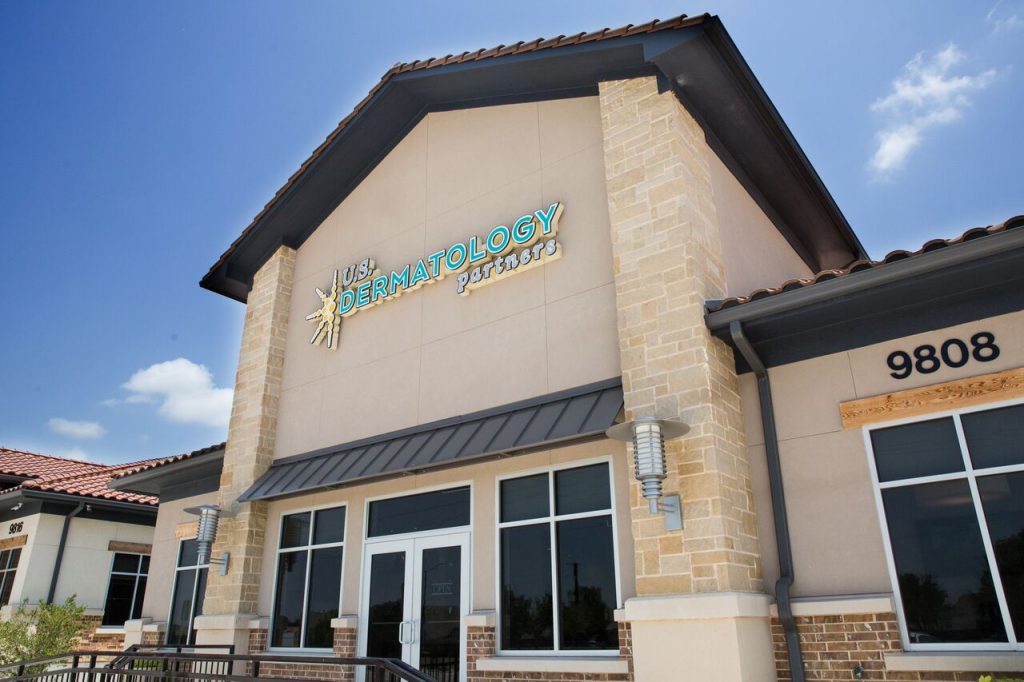
UV Glow Tinted Broad-Spectrum SPF 36 (1.7 oz)

U.S. Dermatology Partners Keller is located north of Heritage Trace Parkway on the east side of the street at the corner of Beach and Heritage Trace Parkway in Fort Worth, Texas.
Get Directions|
Monday: |
8:00AM - 5:00PM |
|
Tuesday: |
8:00AM - 5:00PM |
|
Wednesday: |
8:00AM - 5:00PM |
|
Thursday: |
8:00AM - 5:00PM |
|
Friday: |
8:00AM - 2:00PM |
|
Saturday: |
Closed |
|
Sunday: |
Closed |
Welcome to U.S. Dermatology Partners Keller, your dedicated source for top-notch dermatology care in Keller, Texas, and the surrounding areas, including Trophy Club, Westlake, and Roanoke. From your early years to your golden years, our mission is to assist you in maintaining healthy skin for a lifetime.
Our board-certified dermatologists are committed to delivering the best dermatology services in Keller, Texas. Conveniently located in the Keller area of Fort Worth, we offer a comprehensive range of services, from general dermatology to advanced skin cancer treatments. Whether you’re dealing with pain, irritation, a persistent skin condition, or if you’ve noticed a suspicious new spot or mole, our experienced team at U.S. Dermatology Partners Keller is here to help.
Our top dermatologists and skin specialists bring years of experience, ensuring the convenience and reliability our patients deserve. Whether it’s protecting your skin from harm or restoring it to health, we possess the knowledge, skills, and technology to treat a wide range of skin conditions. Our specialized skin cancer procedures have achieved exceptionally high cure results. We continually expand our expert treatment options for acne, dermatitis, psoriasis, and other common conditions with additional physician and nursing resources, treatment options, and participation in advanced clinical trials. In addition to our exceptional general dermatology services, U.S. Dermatology Partners Keller is proud to offer the latest in cosmetic dermatology in Fort Worth, including services such as dermal and soft tissue fillers, Dysport, Restylane, and more.
Our passion is to deliver the highest quality skincare to our patients, making each visit, from initial consultation to treatment and follow-up, the most convenient and comfortable experience possible. We prioritize personalized treatment plans and use the latest dermatological techniques to ensure the best outcomes.
We aspire to be your skincare partner for life. Don’t hesitate to prioritize your skin’s health. Contact us today to schedule an appointment and experience the exceptional dermatology care you deserve with the leading dermatologists in Keller, TX.
For general inquiries or if you would like to request a call back, please click below to fill out our contact form.
Contact Us
UV Glow Tinted Broad-Spectrum SPF 36 (1.7 oz)